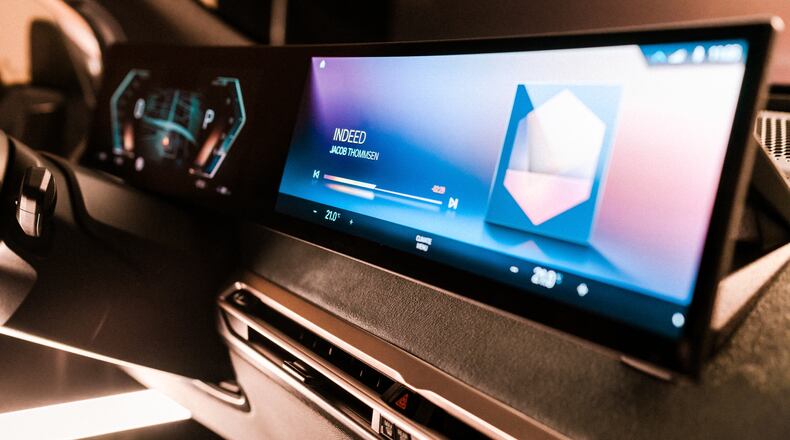WHY IS THIS HAPPENING?
Semiconductor chips are the brains of electronics. They control features such as infotainment systems, advanced driver aids and even heated seats. Passenger vehicles can have anywhere from a few dozen microchips in average cars to over 100 in high-end luxury vehicles that come equipped with more technology. When you multiply that by the tens of millions of vehicles produced annually around the world, you’re talking billions of microchips for a single industry.
The COVID-19 pandemic is largely the main reason for the microchip shortage. Orders for chips were canceled when automakers temporarily shut down factories at the height of the pandemic. On top of that, the demand for chips increased at the same time in other industries because people were staying at home and needed additional electronics for work and play. The surge of microchip demand started when automakers restarted production, leaving chip manufacturers unable to keep up. Furthermore, there have been supply chain issues with automakers unable to source certain parts or materials, compounded by a lack of shipping containers and overloaded shipping ports.
WHAT ITEMS ARE BEING REMOVED?
The missing features vary depending on the brand, although some fortunate automakers have been less affected by the chip shortage and aren’t eliminating features. Others are cutting vehicle production numbers on certain models to avoid deleting features on more popular models. General Motors has been hit hard by the shortage, resulting in a number of missing features on several models.
Automotive News reported in November that most GM SUVs and trucks will not come with heated seats and steering wheels. This will obviously upset buyers in cold climates. Ventilated seats are also affected. Fortunately, GM says it can retrofit heated and ventilated seats to vehicles missing them at no cost starting in mid-2022, according to a Reuters report.
Another large automaker, BMW, has removed a popular feature from several models: touchscreen functionality on the infotainment screens. The iDrive infotainment system can still be controlled with the iDrive controller, however. Earlier this year, Tesla removed rear USB-C charging ports and wireless charging pad functionality from its list of features in Model 3s and Ys.
Mercedes-Benz has been forced to delete some features as well. There have been reports of certain models missing features such as particular audio systems, massaging seats, head-up displays and wireless charging pads. Nissan has also felt the effect of the chip shortage, and the automaker didn’t install navigation systems on thousands of vehicles earlier this year.
Credit: Paul Sancya
Credit: Paul Sancya
ARE YOU BEING CHARGED FOR MISSING FEATURES?
The good news is that buyers shouldn’t be charged for features missing from their new vehicles. Instead, manufacturers are issuing credits to buyers of vehicles with missing features. For example, BMW will give buyers who are missing touchscreen functionality a credit of $500 to spend on other options.
GM is offering a credit of $150 to $500 for vehicles without heated steering wheels and heated and ventilated seats. It’s not clear if other automakers are also issuing credits, but there will likely be some sort of compensation or retrofitting when supply is available again.
HOW TO TELL WHAT’S MISSING WHEN SHOPPING
Dealerships and their sales staff should be aware of vehicles they receive with missing features and should be informing buyers accordingly. But it’s not a sure thing. Therefore, you’ll need to do some research before taking delivery of the vehicle you bought. Check dealership and manufacturer websites and even the window sticker for the full list of features your vehicle should have and confirm it in person or with a salesperson before signing off.
Edmunds says: It is difficult to predict when the parts shortage will end, but in the meantime, make sure to identify your must-have features when shopping for a new car and double-check that they are on the vehicle at the time of purchase.
_____
This story was provided to The Associated Press by the automotive website Edmunds.
Michael Cantu is a contributor at Edmunds.
About the Author

